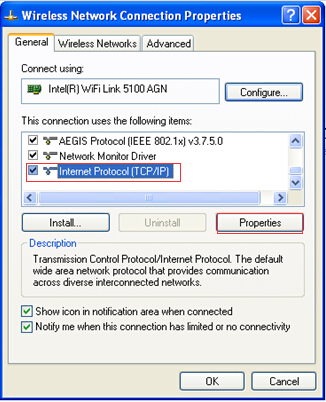

If necessary, go to your router manufacturer site and search for the latest firmware to be downloaded and applied according to its instructions. Verify your wireless network router (or other access point) supports WPA2. What to do at homeĪvast Home Network Security scans for vulnerabilities. Unfortunately, the default in many wireless devices is WEP or, even worse - nothing - which means anybody in range can connect to your WiFi to use the bandwidth and access your other devices (printer, network disk, etc.). Most wireless routers allow you to select WPA2 during the setup process.
DEFAULT MAC WIFI SETTINGS PASSWORD
Using WPA or, better, the WPA2 protocol, means that when any device tries to establish a connection to your wireless network, it will be prompted to enter the security key or password to connect. WPA2 implements the latest security standards, especially for data encryption with AES (Advanced Encryption Standard), a strong encryption algorithm. WPA (WiFi Protected Access) replaced WEP, but very soon after that, WPA2 replaced WPA. Your router must be quite old if you can’t do that, and you should consider purchasing an updated one, or ordering a new one from your ISP. So, the first wise thing to do is move away from WEP. It should not be used nowadays as it has serious security weaknesses which are easily hackable by even the most novice hacker. WEP (Wired Equivalent Privacy) was the first protocol used in late 90s. These strange acronyms refer to different wireless encryption protocols which protect – in fact, encrypt – the information you send and receive over a wireless network. There are basically three levels of security on a home router. Until you secure your router, you’re vulnerable to people accessing information on your computer, using your Internet service for free, and potentially using your network to commit cybercrimes. Your router should be correctly set to achieve the highest level of protection.
DEFAULT MAC WIFI SETTINGS HOW TO
How to Turn on Wi-Fi Encryption in Your Router Settings | Avast Logo Ameba Icon Security Icon Security White Icon Privacy Icon Performance Icon Privacy Icon Security Icon Performance Icons/45/01 Security/Other-Threats Icons / 32 / Bloatware removal Icons / 32 / Registry Cleaner Icons / 32 / CleanUp Icons / Feature / 32 / Mac Icons / 32 / Browser cleanup Icons/32/01 Security/Malware Icons/32/01 Security/Viruses Icons/32/01 Security/Other-Threats Icons/32/01 Security/Passwords Icons/32/01 Security/Ransomware Icons/32/01 Security/Business Icons/32/02 Privacy/Browser Icons/32/02 Privacy/IP adress Icons/32/02 Privacy/VPN Icons/32/02 Privacy/Proxy Icons/32/02 Privacy/Streaming Icons/32/03 Performance/Celaning Icons/32/03 Performance/Drivers Icons/32/03 Performance/Gaming Icons/32/03 Performance/Hardware Icons/32/03 Performance/Speed Icons / 32 / Bloatware removal Icons / 32 / Registry Cleaner Win Icons / 32 / CleanUp Icons / Feature / 32 / Mac Icons / 32 / Browser cleanup Icons/60/02 Privacy/02_Privacy Icons/60/01 Security/01_Security Icons/60/03 Performance/03_Performance Icons/80/01 Security/IoT Icons/80/01 Security/Malware Icons/80/01 Security/Passwords Icons/80/01 Security/Ransomware Icons/80/01 Security/Viruses Icons/80/01 Security/Other-Threats Icons/80/03 Security/Business Icons/80/02 Privacy/Browser Icons/80/02 Privacy/IP adress Icons/80/02 Privacy/VPN Icons/80/02 Privacy/Proxy Icons/80/02 Privacy/Streaming Icons/80/03 Performance/Celaning Icons/80/03 Performance/Drivers Icons/80/03 Performance/Gaming Icons/80/03 Performance/Hardware Icons/80/03 Performance/Speed Icons/80/03 Performance/03_Performance Icons/80/02 Privacy/02_Privacyīut now, it’s time to bring your attention to your home network security.


 0 kommentar(er)
0 kommentar(er)
